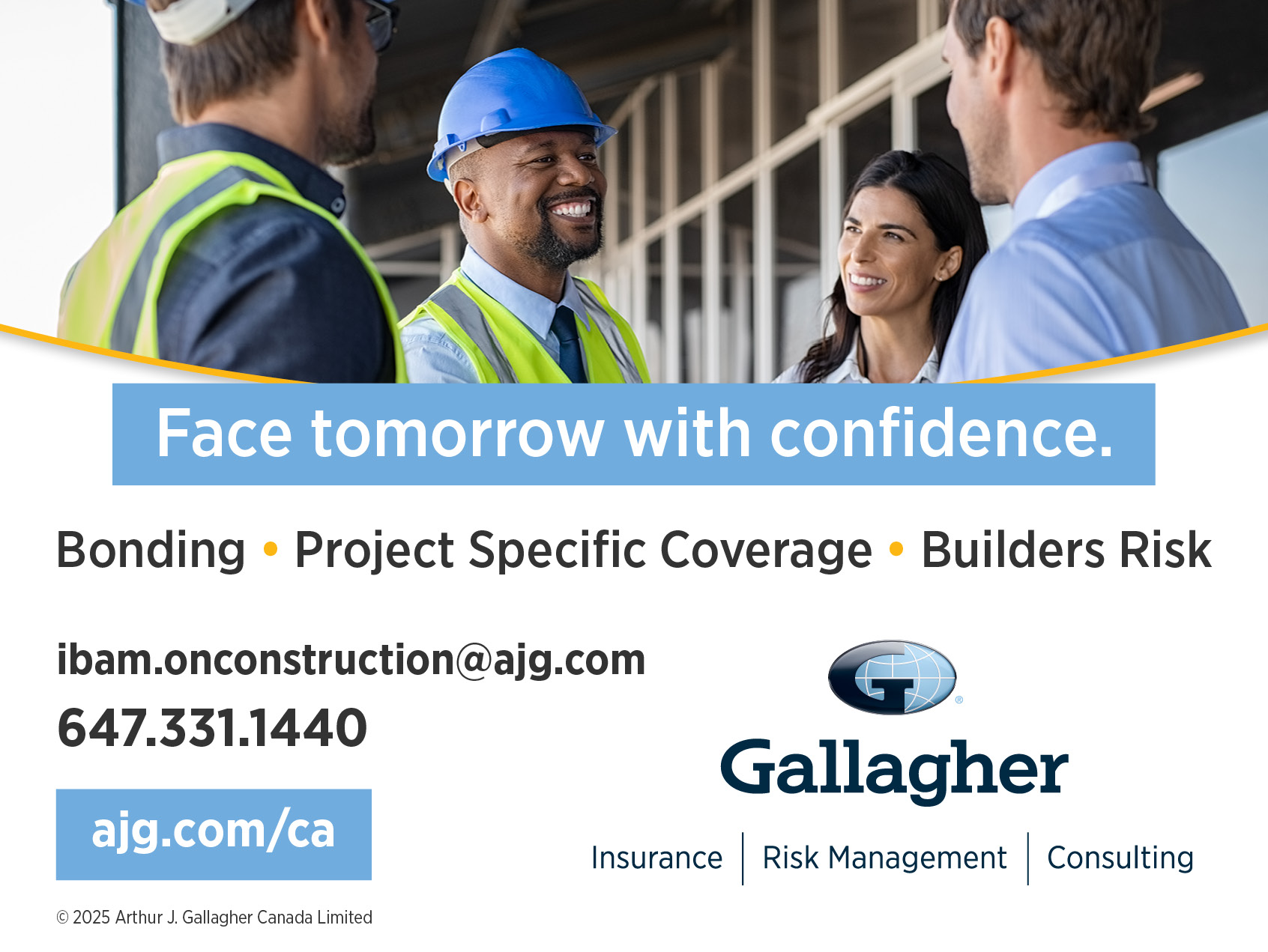MoL blitzes to focus on musculoskeletal disorders and respiratory illnesses
The Ministry of Labour has announced a series of workplace safety blitzes aimed at all sectors—and in particular at workers in the construction sector.
Beginning October 1, and through December 27, inspectors will conduct focused inspections for practices that could lead to musculoskeletal disorders and respiratory hazards. Construction will be one sector particularly targeted for these site visits.
Musculoskeletal injuries result from repetitive work, heavy lifting and carrying, and awkward postures that affect people’s bones, joints, ligaments and other soft tissues. That could include such tasks as lifting heavy bags of cement, repositioning patients in a hospital or long-term care home, or handling objects while on a ladder.
Back pain, carpal tunnel syndrome and tendonitis are three prominent examples of musculoskeletal injuries.
“My top priority is workplace safety,” said Labour Minister Monte McNaughton. “We all need to be careful about the way we’re working. Lifting, carrying and even sitting the wrong way can lead to injuries.”
According to statistics from the Workplace Safety and Insurance Board, musculoskeletal disorders are the most-reported lost-time injury. In 2017, workers reported more than 19,000 claims, 462,000 lost days of work—or approximately one-third of all accepted lost-time claims at the WSIB—and $72 million in costs.
For musculoskeletal hazards, depending on the sector, inspectors may check that materials and people are being lifted and moved safely; items are stored so they can be safely accessed; and precautions are being taken if workers are exposed to prolonged vibration, specifically to the hands and arms and work is performed safely on ladders.
For respiratory hazards, generally inspectors will check that workers are provided with information, instruction and supervision; workers are acquainted with respiratory hazards in the workplace, work areas have proper ventilation, workers who are required to use personal protective equipment (PPE) are trained on its correct use and the PPE is accessible when required, PPE is properly maintained and is in good condition; and proper controls and work practices are in place to prevent respiratory hazards and worker exposure to hazardous agents are within legal limits.
Next blitz to target PPE
Starting in January of next year and through to mid-March, inspectors will target personal protective equipment. Specifically, they will look for the lack and misuse of personal protective equipment such as foot, eye, hearing and respiratory protection devices.
A similar inspection blitz in 2017 resulted in nearly 7,500 orders issued for lack of personal protective equipment on projects. This was the second highest violation in construction workplaces for 2017.
By law, personal protective equipment should be provided to workers wherever there are health or safety risks that cannot be adequately controlled for in other ways. Personal protective equipment can include: respiratory protection devices, hearing protectors, skin protection, high-visibility clothing, face shields and eye protection.
Inspectors will focus on checking that appropriate PPE is being supplied and worn.








